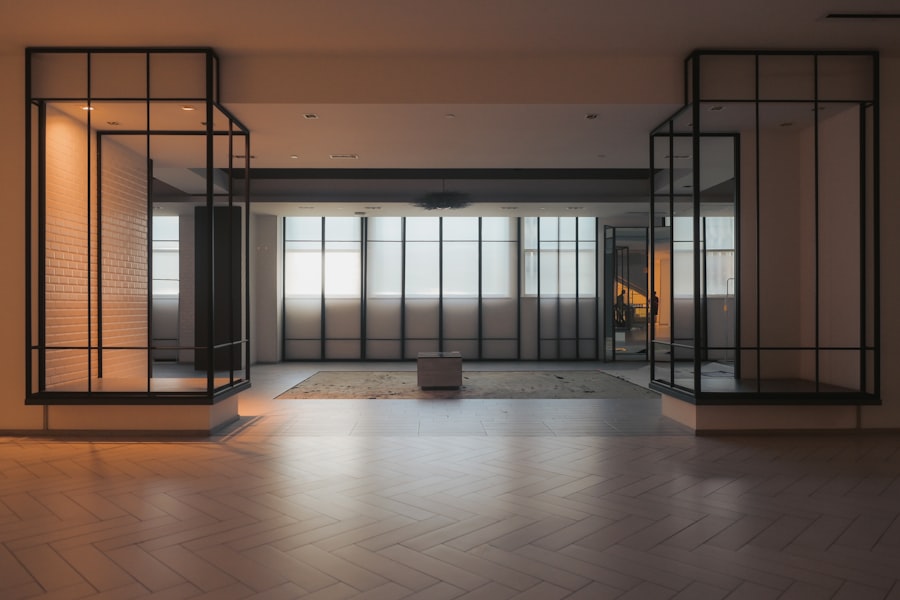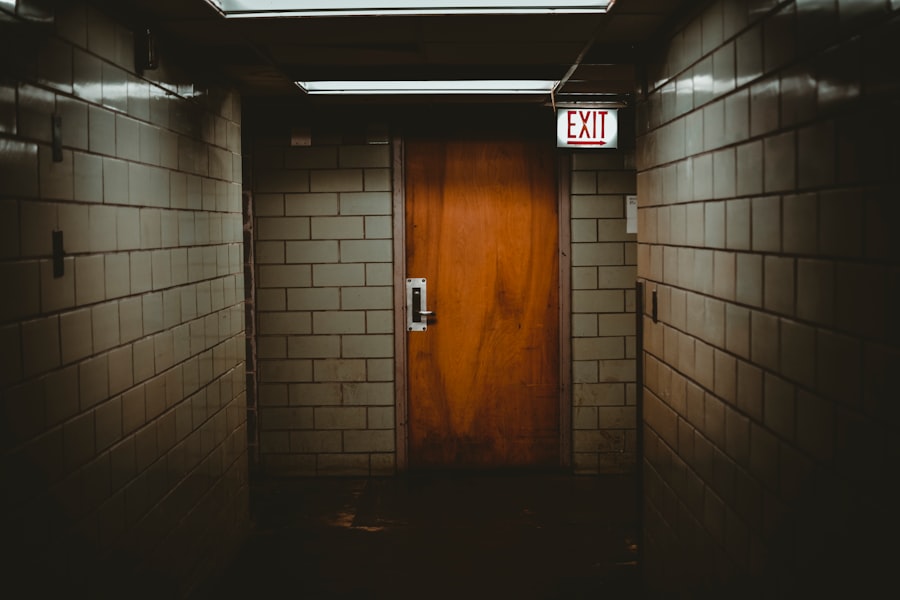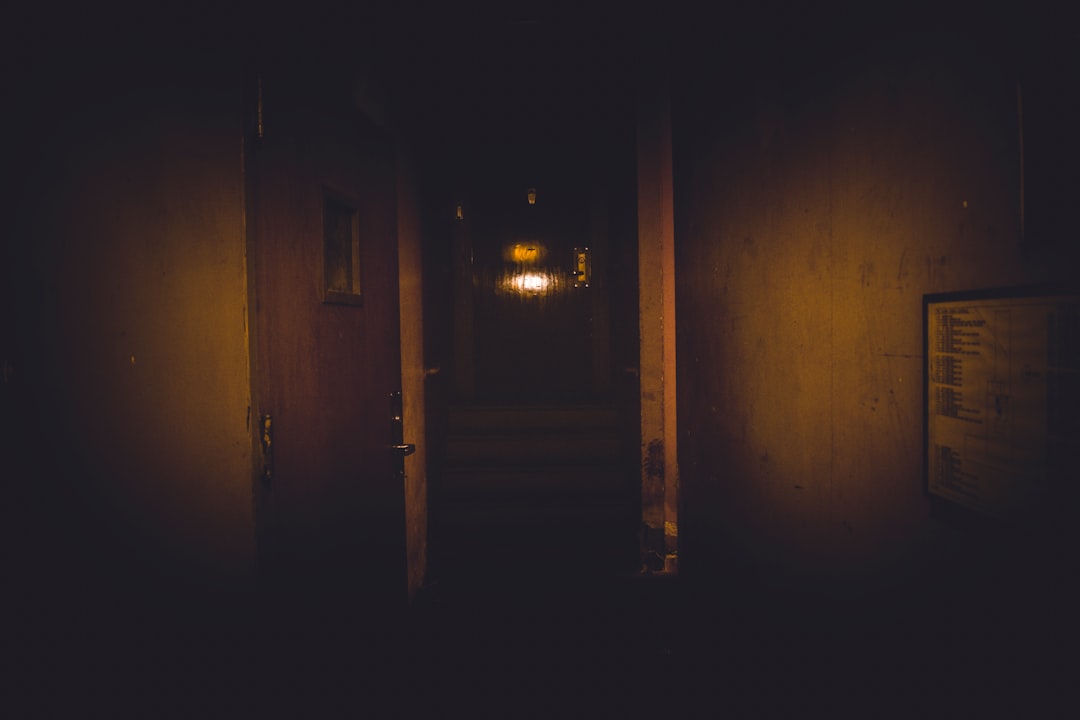You may have found yourself captivated by tales of haunted houses, ghostly apparitions, and inexplicable occurrences that defy the laws of nature. Paranormal phenomena have long fascinated humanity, sparking curiosity and fear alike. From ancient folklore to modern ghost-hunting shows, the allure of the supernatural continues to grip your imagination.
You might wonder what lies behind these mysterious experiences and whether they can be explained through scientific inquiry. As you delve into the world of the paranormal, you will discover a complex interplay between human perception, environmental factors, and the laws of physics. The exploration of paranormal phenomena invites you to question the boundaries of reality.
As you navigate through this article, you will encounter various scientific perspectives that attempt to demystify the supernatural. By examining the physics behind haunted rooms, electromagnetic fields, and even quantum mechanics, you will gain a deeper understanding of how science and the paranormal can intersect.
This journey will not only challenge your beliefs but also expand your understanding of the universe and your place within it.
Key Takeaways
- Paranormal phenomena have been a subject of fascination and intrigue for centuries, with countless reports of haunted rooms and ghostly encounters.
- The physics behind haunted rooms involves understanding the principles of electromagnetic fields and their potential influence on ghostly apparitions.
- Quantum mechanics offers a new perspective on paranormal activity, suggesting that the behavior of subatomic particles may play a role in unexplained phenomena.
- Infrasound, or low-frequency sound waves, may contribute to the eerie atmosphere in haunted spaces and could be a factor in perceived hauntings.
- Temperature fluctuations can impact ghostly encounters, as changes in thermal energy may be perceived as paranormal activity.
The Physics Behind Haunted Rooms
When you step into a room that feels eerily cold or unsettling, you may instinctively sense that something is amiss. The physics behind haunted rooms often involves environmental factors that can create an atmosphere conducive to paranormal experiences. For instance, fluctuations in temperature can lead to sensations of cold drafts or sudden chills, which are frequently reported in haunted locations.
These temperature changes can be attributed to various physical phenomena, such as air pressure differences or thermal conductivity in building materials. Understanding these principles can help you discern whether a room’s eerie ambiance is truly supernatural or simply a product of its physical environment. Moreover, the architecture and layout of a space can significantly influence your perception of it.
Rooms with high ceilings, narrow hallways, or unusual acoustics can create auditory illusions that may be interpreted as ghostly sounds. The way sound waves travel and bounce off surfaces can lead to echoes or distortions that might be mistaken for whispers or footsteps. By examining the physics of sound in relation to haunted spaces, you can begin to appreciate how your environment shapes your experiences and perceptions of the paranormal.
Understanding Electromagnetic Fields and Ghostly Apparitions

Electromagnetic fields (EMFs) have become a focal point in discussions about ghostly apparitions and paranormal activity. You may have heard claims that fluctuations in EMF levels can indicate the presence of spirits or otherworldly entities. While some paranormal investigators use EMF detectors to measure these fields, it is essential to understand the science behind them.
When you encounter an area with unusually high EMF readings, it could be due to these commonplace sources rather than a supernatural presence. Research has shown that exposure to certain levels of EMFs can affect human perception and behavior.
For instance, some studies suggest that high EMF levels may induce feelings of anxiety or unease, which could lead you to interpret your surroundings as haunted. Additionally, EMFs can interfere with brain activity, potentially causing hallucinations or altered states of consciousness. By exploring the relationship between EMFs and perceived hauntings, you can gain insight into how environmental factors may contribute to your experiences with the paranormal.
Exploring Quantum Mechanics and Paranormal Activity
| Topic | Metrics |
|---|---|
| Quantum Mechanics | Wave-particle duality, Quantum entanglement, Superposition |
| Paranormal Activity | Ghosts sightings, Poltergeist activity, Psychic phenomena |
Quantum mechanics introduces a fascinating layer to the discussion of paranormal activity. As you delve into this complex field of physics, you may find yourself grappling with concepts that challenge your understanding of reality itself. Quantum theory posits that particles exist in a state of probability until observed, leading some theorists to speculate about the implications for consciousness and the nature of existence.
Could it be that our perceptions of ghosts and other supernatural phenomena are linked to quantum processes? This question invites you to consider the possibility that what you perceive as paranormal might be rooted in the very fabric of reality. Some researchers propose that consciousness itself may play a role in shaping physical reality at the quantum level.
This idea suggests that your thoughts and intentions could influence the manifestation of paranormal events. While this notion remains highly speculative and controversial within the scientific community, it opens up intriguing avenues for exploration. As you ponder the intersection of quantum mechanics and paranormal activity, you may find yourself questioning not only the nature of ghosts but also the fundamental principles governing your existence.
Investigating the Role of Infrasound in Haunted Spaces
Infrasound refers to sound waves with frequencies below the range of human hearing, typically below 20 Hz. You might be surprised to learn that infrasound can have profound effects on your perception and emotional state. Research has shown that exposure to infrasound can induce feelings of unease, anxiety, and even fear—emotions often associated with ghostly encounters.
In haunted locations, infrasound may be generated by natural phenomena such as wind passing through trees or structural vibrations within buildings. As you explore haunted spaces, consider how infrasound might contribute to your experiences. The low-frequency vibrations can create sensations that mimic the presence of an unseen entity or evoke feelings of dread without any visible cause.
By understanding the role of infrasound in shaping your emotional responses, you can begin to differentiate between genuine paranormal experiences and those influenced by environmental factors. This knowledge empowers you to approach hauntings with a more critical eye while still appreciating the mystery that surrounds them.
Analyzing the Impact of Temperature Fluctuations on Ghostly Encounters

Temperature fluctuations are often cited as a hallmark of paranormal activity. You may have heard stories of cold spots appearing suddenly in otherwise warm rooms or chills running down your spine when encountering a ghostly presence. These temperature changes can be attributed to various physical phenomena, including drafts, thermal bridges, or even changes in humidity levels.
Understanding these factors allows you to approach ghostly encounters with a more analytical mindset. When investigating haunted locations, it is essential to consider how temperature variations might influence your perception of an experience. For instance, a sudden drop in temperature could trigger a physiological response that heightens your senses and makes you more susceptible to interpreting ambiguous stimuli as supernatural.
By recognizing how temperature fluctuations impact your emotional state and perception, you can better navigate your experiences in haunted spaces while remaining open to the mysteries they present.
Examining the Influence of Psychological Factors on Perceived Hauntings
Your psychological state plays a crucial role in shaping your experiences with the paranormal. You may find that fear, anxiety, or even excitement can amplify your perception of ghostly encounters. When you enter a space with a reputation for being haunted, your expectations and beliefs can significantly influence what you perceive.
This phenomenon is known as confirmation bias—where you seek out evidence that supports your preconceived notions while dismissing contradictory information. Additionally, cultural background and personal experiences shape how you interpret paranormal events. If you’ve grown up hearing ghost stories or have had previous encounters with the supernatural, you’re more likely to attribute unexplained occurrences to ghostly activity.
By examining these psychological factors, you can gain insight into how your mind constructs reality and influences your perception of hauntings. This understanding allows you to approach paranormal experiences with a more nuanced perspective while still embracing the wonder they evoke.
Unraveling the Mystery of Poltergeist Activity through Physics
Poltergeist activity—characterized by unexplained movements of objects and loud noises—has long intrigued both believers and skeptics alike. You may have encountered stories of objects flying across rooms or doors slamming shut without any apparent cause. While many attribute these phenomena to supernatural forces, physics offers alternative explanations that warrant exploration.
One theory suggests that poltergeist activity may be linked to energy released during emotional outbursts or stress. When individuals experience heightened emotions—such as anger or fear—they may inadvertently generate kinetic energy that manifests as physical disturbances in their environment. This perspective invites you to consider how human emotions can interact with physical laws in ways that create seemingly supernatural occurrences.
By examining poltergeist activity through a scientific lens, you can begin to unravel the mystery behind these enigmatic events while appreciating their complexity.
Debunking Common Myths and Misconceptions about Haunted Rooms
As you navigate the world of paranormal phenomena, it’s essential to debunk common myths and misconceptions surrounding haunted rooms. One prevalent belief is that all haunted locations are inherently malevolent or dangerous; however, many reported hauntings involve benign spirits or residual energy from past events. Understanding this nuance allows you to approach haunted spaces with an open mind rather than fear.
Another misconception is that all ghostly encounters are purely supernatural in nature; however, many experiences can be attributed to environmental factors such as sound waves, temperature fluctuations, or psychological influences. By educating yourself about these myths and misconceptions, you empower yourself to engage with the paranormal more critically while still embracing its mysteries.
The Potential for Scientific Research in Paranormal Investigations
The intersection of science and the paranormal presents exciting opportunities for research and exploration. As you consider the potential for scientific inquiry into paranormal phenomena, think about how rigorous methodologies could shed light on unexplained experiences. By employing tools from physics, psychology, and environmental science, researchers could investigate claims of hauntings with greater objectivity.
Moreover, advancements in technology—such as improved sensors for measuring EMFs or sound waves—could enhance our understanding of haunted locations. Collaborative efforts between scientists and paranormal investigators could lead to groundbreaking discoveries that bridge the gap between skepticism and belief. As you contemplate this potential for scientific research in paranormal investigations, consider how it could reshape our understanding of both reality and the mysteries that lie beyond it.
The Intersection of Physics and the Paranormal
As you reflect on your journey through the realms of physics and paranormal phenomena, it’s clear that these two fields are not mutually exclusive but rather intertwined in complex ways. From understanding temperature fluctuations and electromagnetic fields to exploring psychological influences on perceived hauntings, each aspect contributes to a broader understanding of what constitutes a paranormal experience. While science may not provide definitive answers to every question surrounding the supernatural, it offers valuable tools for investigation and analysis.
By approaching paranormal phenomena with curiosity and an open mind—while also applying critical thinking—you can navigate this fascinating intersection between physics and the unknown. Ultimately, whether you view these experiences through a scientific lens or embrace their mystery as part of human existence, one thing remains certain: the allure of the paranormal will continue to captivate your imagination for generations to come.
In exploring the eerie phenomena often reported in haunted rooms, one might consider the intriguing intersection of physics and the supernatural. An article that delves into this fascinating topic can be found on Freaky Science’s website. This piece examines how environmental factors, such as electromagnetic fields and infrasound, might contribute to the sensations and experiences commonly associated with haunted spaces. For a deeper understanding of how these scientific principles might explain ghostly encounters, you can read more in the related article on the Freaky Science website by following this link.
WATCH THIS! 🧠 The Brain Hack That Makes You See Ghosts!
FAQs
What is the physics of a haunted room?
The physics of a haunted room refers to the study of the physical phenomena that may contribute to the perception of a space being haunted. This can include factors such as acoustics, electromagnetic fields, and infrasound.
What role does acoustics play in creating a haunted atmosphere?
Acoustics can play a significant role in creating a haunted atmosphere. Certain sounds or echoes within a space can contribute to feelings of unease or fear, leading to the perception of a haunting.
How do electromagnetic fields factor into the physics of a haunted room?
Some researchers suggest that electromagnetic fields, whether natural or man-made, may influence the human brain and contribute to the perception of paranormal activity in a space. However, this is a topic of ongoing scientific investigation and debate.
What is infrasound and how does it relate to hauntings?
Infrasound refers to sound waves with frequencies below the lower limit of human audibility. Some studies have suggested that exposure to infrasound can induce feelings of fear, anxiety, or unease, which may contribute to the perception of a space being haunted. However, more research is needed to fully understand the relationship between infrasound and paranormal experiences.
